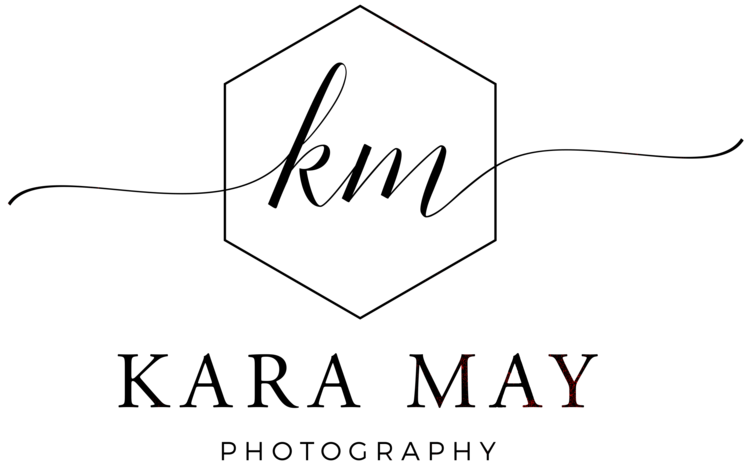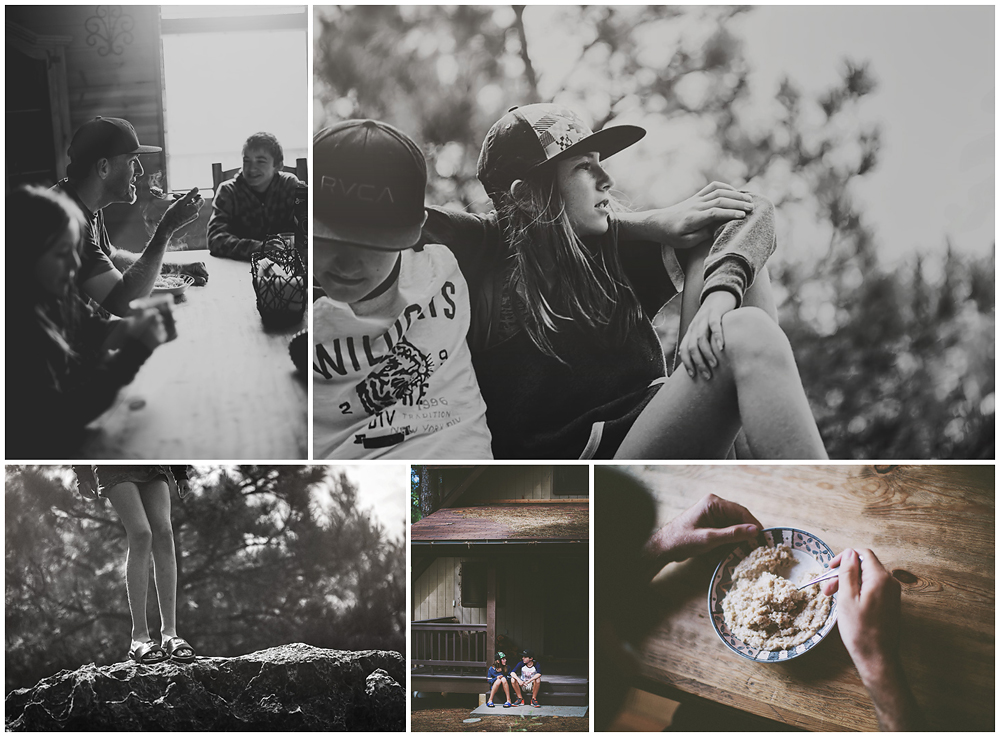For those of you who know me, you know how much I LOVE sugar. It’s my nemesis and I could eat gummy candies all day long. I used to keep some in my purse, in my car and in our candy stash in our pantry. It’s what I craved and it provided me a quick boost of energy. That energy was short lived but it was a high I needed. I know, I sound like a drug addict – but I wouldn’t go as far as saying I was addicted to sugar. I just liked it A LOT. I’m not one who craves salty, greasy food – it’s the sugar that taunts me. Gummy, sour, sugar-coated candy was my favorite. I also enjoyed baked goods, sweet ones of course, but I tried to limit those to a few times a month. My stubborn sugar tooth kept visiting the fat-free, sweet wonderful world of licorice, sour patch kids, Swedish fish, Mike-n-Ikes, and the list goes on.
But over a year ago (actually two years now), I’ve stayed away from sugar. No more gummy candies (what???!) – yes, I cut it off cold turkey and haven’t had any since. I avoid baked goods and any sugar filled jams and foods. I even try to avoid ketchup since it’s loaded with sugar. I look at the labels on everything and actually try to eat items that don’t have labels at all, like vegetables, eggs, chicken and organic fruits. This doesn’t mean I deprive myself completely. On Thanksgiving, I enjoyed my favorite pie – Pecan! I did it knowing I wasn’t going to have it again for a very long time. And guess what? I didn’t crave more after. That shocked me. I don’t claim to be 100% sugar free. Sugars are hidden in so many of our foods, but I make efforts to avoid it as much as possible. I’ll treat myself on a rare occasion or celebration so I’m not perfect when it comes to eliminating sugar but I’ve cut out 97%+.
I’ve done a lot of reading and research on sugar the past couple of years and realized just how harmful it is and what it does to your brain. Sugar acts like a drug to your brain and I can totally see that…I craved that little bit of high sugar gave me. So now I’m clean ;) Ha! And it’s been transforming. I could write a novel on this subject with all of the research and first hand experiences I’ve had but I’ll keep this short and share with you the top 5 ways it’s changed my life.
1) Once I detoxed myself, I stopped craving it. Detox wasn’t easy – my body craved sweets and I felt deprived at first. Then after about 3 weeks, the cravings disappeared. I haven’t had a Starbuck’s Chai Tea latte in over 2 years. That to me is huge!! Do you know how much sugar is in the Tazo concentrate they use? A ton! And I used to get one almost daily. It was a treat I looked forward to every day. There’ve been times I’ve walked into Starbuck’s thinking, ‘I haven’t had one in forever, I think I’ll treat myself’. Then I end up ordering un-sweetened ice tea. Lol It doesn’t sound AMAZING to me anymore. I just don’t need or want sugar anymore.
2) I don’t ‘crash’ throughout the day. Sugar gave me a quick boost of energy – one I thought I needed. But then I would crash and need a little more to get me through the crash (just 2 or 3 little sour patch kids). Now I don’t get those crashes.
3) Healthier habits replaced sugar. I replaced sugar with water and veggies. That’s a weird trade, right? Since I don’t crave sugar, I crave hydration and healthy eating so overall I feel more healthy and energetic. So replacing a bad habit with a healthy is one way to stop consuming sugar.
4) I sleep better. Without the highs and low effects that sugar had on me, I sleep so much better. I used to wake up sweating and restless. Now I’m sleeping without any night sweats and I’m sleeping more soundly.
5) Reduces Anxiety. I truly feel that sugar made me more anxious. The effect it had on me was similar to a drug. My kids are the same…they are more likely to bicker and be needy when they eat sugar but without it, there seems to be so much more peace and happiness.
6) My Skin looks healthier. Eating sugar made my skin ashy and cutting it out has made it more even toned. Do I still have breakouts here and there? Yes, and it’s not fair. Lol But I have definitely seen improvements since elimating sugar.
There are so many other benefits to cutting out sugar that I haven’t mentioned but these are the ones that stick out most for me.
I don’t eliminate sugar completely from my kids diet. They are kids and I think moderation is important. The last thing I want to do is take something away entirely and have it backfire. I still bake for them and we have a sugar stash in the house for outings to the movies and on special occasions. They know it’s there and rarely ask for any of it. And I still bake sweets but some of them are healthier sweets so I know they’re at least getting some benefit to some of the sweets they eat.
You don’t have to be completely strict about eliminating sugar but if you can cut out 90% of your current intake you’ll be surprised what it does to your mind and body.















































































































































